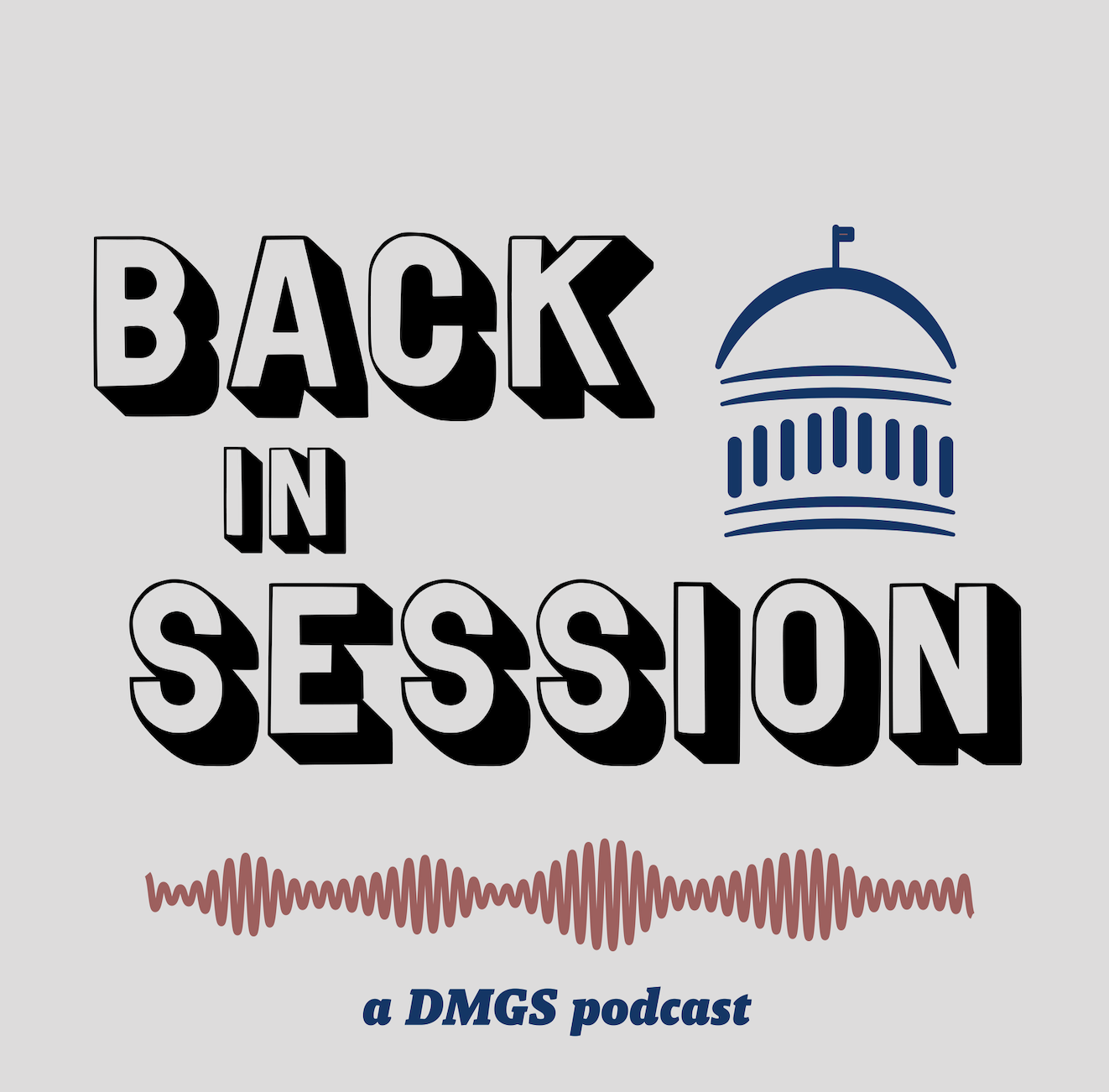
Extreme Risk Protection Orders (ERPOs), commonly referred to as “red flag laws,” allow for temporarily restricting a particular individual’s access to guns if they present a risk to themselves or others. In June 2022, Congress passed and President Biden signed the bipartisan Safer Communities Act, which incentivizes states to pass red flag legislation by providing $750 million in “flexible crisis intervention grants.” Such grants can apply to red flag laws in addition to mental health courts and drug courts. Currently, 19 states have some version of a red flag law, and others are considering implementing them in the wake of recent mass shootings across the country.
New York
New York Governor Kathy Hochul recently signed an executive order (EO) requiring police to submit applications for individuals they deem worthy of an ERPO. Under the EO, all police officers must file a sworn application and “accompanying supporting documentation, setting forth the facts and circumstances justifying the issuance of a temporary [ERPO] when there is probable cause to believe the respondent is likely to engage in conduct that would result in serious harm to himself, herself, or others.” “Serious harm” is defined in Article 63-A of the Civil Practice Laws and Rules. Governor Hochul referenced the need for “increased vigilance” to prevent more mass shootings in the future as part of the motivation for the order.
Ohio
In Ohio, state lawmakers have introduced at least 28 gun bills since January 2021. Almost all have been along party lines, 13 by Republicans and 15 by Democrats. Only one of the bills proposed by Democrats, a bill related to the safe storage of firearms, has received a hearing. SB 138, which Senate Democrats introduced in March 2021, would enact red flag laws within the state but has not progressed since it was referred to the Senate Judiciary Committee that same month. Similarly, HB 257 would enact the “Extreme Risk Protection Order Act” to permit family members, household members, and law enforcement officers to get a court order which temporarily restricts someone’s firearm access if they pose a danger to themselves or others. HB 257, like SB 138, has not seen any action in its committee of reference to this point.
However, with the upcoming midterm elections, including a governor’s race, red flag laws have become a topic of discussion.
Pennsylvania
Following the passage of the Safer Communities Act, some Pennsylvania lawmakers have advocated for legislation to enact red flag laws within the Commonwealth. Recently, Democratic state lawmakers moved to have a “discharge resolution” vote, which would have allowed a red flag bill to be brought directly to the State Senate floor, bypassing the standard committee review process. Legislators can only file one of these resolutions once a bill has been in committee for 15 session days. One of the bills the Democrats supported for consideration was Senate Bill 134, initially introduced in January 2021, which has not been considered to this point. SB 134 would have enacted a red flag system in the Commonwealth, but the discharge resolution failed on party lines.
Additionally, Congressman Dwight Evans and Senator Art Haywood recently held a press conference to advocate for the implementation of red flag legislation. They stated that with the added incentive of federal funds, the Bipartisan Safer Communities Act would be feasible and effective. This bill has thus far received bipartisan support within the Commonwealth from Republicans, Senator Pat Toomey and Representative Brian Fitzpatrick.
Tennessee
In February 2021, red flag legislation, HB 1588/SB 0412, began moving its way through the Tennessee General Assembly. The ERPO legislation had a hearing in the House in early March 2022, but it died in the Children and Family Affairs Subcommittee of the Civil Justice Committee. In the Senate, it passed on second consideration. It was referred to the Senate Judiciary Committee, which has not moved it since February 2021. Consideration of the bill has been renewed in light of continual mass shootings. However, it does not appear to be gaining traction. Governor Bill Lee did institute Executive Order 97 to enhance school safety, which among other things, includes the review of the use of armed security guards. Lee also indicated that the administration was not looking at “gun restriction” laws.
Wisconsin
Wisconsin lawmakers introduced their own red flag legislation, AB 638, in October of 2021. The bill, which failed in March of 2022, would have implemented an extreme risk protection temporary restraining order and injunction to prohibit someone from possessing a firearm. The would also would have allowed a law enforcement officer or a family/household member of the person to file a petition with a court to request an extreme risk protection injunction. The petition would have been required to allege facts that show the person to likely injure themselves or someone else if they were to possess a firearm.
Latest News
Photo credit: iStock.com/Nastco The intersection of artificial intelligence (AI) and public safety is rapidly evolving, with state legislatures across the country considering policies related to AI-driven firearm detection technology, something we covered on our podcast [...]
In the latest episode of the "Back in Session" podcast, hosts Ryan Stevens and Ryan DeMara delve into the innovative world of AI technology applied in gun detection with Burgess Nichols from ZeroEyes. Starting with [...]
Photo credit: iStock.com/Josiah S There is insurance for everything: houses, cars, healthcare costs, and pets. Some are required but some, such as pet insurance and insurance for firearms, are not universally required in many states. [...]
Photo credit: iStock.com/Josiah S The recent mass shootings in Uvalde, Texas, and Buffalo, New York, have resulted in calls for action to address firearms and school safety. The U.S. Congress passed the Bipartisan Safer Communities [...]






Stay In Touch